AudioCulture
The noisy library of New Zealand music
Te pātaka korihi o ngā puoro o Aotearoa
?Fog
aka Surgical Brain Implant
?Fog were true psychedelic pranksters. They released only two records and sometime around 1989 mutated into the sample-laden and even more surreal Sperm Bank Five.
The ?Fog story began in 1983 when 21-year-old drummer Roger Allen relocated to Auckland after becoming disillusioned with the violence in the Wellington punk scene, where he had been playing with the infamous Riot 111. After a few months living in a crowded punk flat in Napier St, Freemans Bay, he was itching to drum again. He found a new living space in a huge old wooden warehouse in the central city, moved out of Freemans Bay, set up his kit and swung back into action.
Not long after, one evening in the now demolished Aurora Tavern, Allen met Lindsay McKay (nee Fog – McKay has been “Fog” since 1987) who looked a bit different to the rest of the skinhead clientele. They began chatting and hit it off after they discovered they had a similar sense of humour and both played music. Fog had previously been in a West Auckland band called the Laughing Cripples who had played at venues like The Pits at Victoria Park Market circa 1980. Allen, who possesses an infectious energy, recalls the moment delightedly: “So it was like yeah! Hey! [laughs] Let’s get a band going.”
With the band’s noisy sound in place, they began to make a name for themselves in the underground music scene.
Shortly afterwards the two met to play. Their chemistry as a rhythm section was obvious, and guitarist Tim Ord, also at their first jam, became a key component in the group’s sound and direction. The new band’s members discovered they fed off each other and could instantly make up songs. New material developed quickly, sometimes with ideas or sounds Allen would recall from dreams. The first gig the new band played was as “Public Enema” at a skinhead house in Freemans Bay where they played on a pallet in the middle of a room. Soon after, they became “Fog”. Allen: “I can’t remember the origin of the name, we just used to dream up stupid names. Insofar as the first name goes, it might have been “A Fog”, like sort of anarchy.”
With the band’s noisy sound in place they began to make a name for themselves in the underground music scene of the day, and when in Auckland played at the University Café and other venues including the Performance Café on upper Symonds Street. They toured as a three-piece with Allen and Fog on vocals. Sam Swan, ex-Life In The Fridge Exists from Wellington and an old friend of Allen, was staying at the warehouse and she eventually joined in on vocals.
The group’s time at the inner-city warehouse ran out when it was earmarked for demolition. However, its imminent demise became a pivotal moment in the band’s history when Allen heard about a room going at a house on West Terrace near K Rd. “I remember turning up and thinking ‘fark this is cool’. It was red on the outside but the inside was fairly normal (laughs).” He took the room and almost instantly his “crazy punk mates came to stay” and the original “nice semi-hippie flatmates” moved out one by one.
Allen eventually took over the lease, and a downstairs room became the band room where the group would jam every day, at any time of day. For a period it was upstairs, then later it moved back downstairs again to a little shed. Which, Allen comments, “may have actually been an original 1860’s horse shed.” The group evolved as a loose collective from its inception and continued to revolve around the rhythm section of Allen and Fog. Ord left for a while and David Appleton joined in to play guitar.
In March 1984, the band went out touring again and on 24 March they played at the Terminus Hotel in Wellington with Sam Swan on vocals, supporting The Gordons. Swan was a striking young blonde woman but her vocal style and delivery was a cutting – half spoken, almost monologue – critique that suited the band’s energetic and occasionally dark music. Allen recalls: “She had this real out there against normal society kind of thing and so it came through with the vocals I guess.”
Swan never failed to make an impact with her performances and one night at the “Easter Beastival”, the last-ever gig at Mainstreet at the top of Queen Street, she decided she would hatch an egg on stage. Allen: “It was like an act right, she had all this red food colouring or maybe a bag that she burst. We were playing and she laid there spread eagled and hatched this giant egg.” Some skinheads who had shown up “to smash the place up a bit” were also tripping. They were so freaked by this spectacle they had to leave. Another time at the Windsor Castle when the band was supporting Flesh D-Vice, Swan was breathing fire but something went wrong and she accidentally set her face on fire. She was rushed to hospital but, in time, made a full recovery.
In 1985 the band received a QE II Arts Council grant for a recording and so they entered Last Laugh studios in Auckland. Between May to September, with Blaise Oarsman and Appleton on guitars, they recorded the ‘Fatman With A Big Dork’ 7”, which was released on Fog’s own Fog City Enterprise label. It also appeared on the Jayrem Package To Sell compilation released the same year. To this day this 7” sounds fresh: a full-on and energetic post-punk roustabout of four tracks – mostly under two minutes in length – with frenetic rhythms, chunky bass sound, wild guitar, splenetic/black humoured vocals, and wild guitar.
Another vocalist, Hamish, came into the band around this period and the group played some shows known as “A Fog and a Throat”. Hamish, a good-looking young man with blonde hair who “looked a bit look Max Headroom” was a friend of Fog, and also an ex-gymnast. Hamish came into the fold already creating conceptual art, and once presented a show at the Performance Café on Symonds Street that involved the smashing of several neon tube lights. Allen: “Hamish was quite a dude you know, leather jacket, quite well dressed and that. He was like this wildcard guy because one minute he’d be like singing and then he’d just flip up onto his hands and walk around or do flic flacs. He could walk up and down stairs on his hands.”
the Red House became the group’s creative and social universe and a key place for alternative music and arts culture in Auckland
Guitarist Peter Henneveld joined the band after ‘Fatman With A Big Dork’. He had come up to Auckland to play with NRA and was waiting to start practising and play gigs with them. He said yes when ?Fog asked him to play with them and they immediately went on tour in the group’s modified Thames Freighter van, which had a Nissan 180B motor transplanted in it. The band was on the southern motorway when Allen calmly informed them there weren’t actually any tour dates. Fog: “I think the whole thing was just to get out of Auckland. During our travels, we discovered that the Brothers Gorgonzola had cancelled their tour so we picked up their dates – orientation gigs and things like that. We’d organise gigs when we got to town and practise wherever we could on the way and made up a whole bunch of songs and played our tour like that with Peter. Yeah, it was good to play like that (laughs).”
By this point the Red House had become the centre of the group’s creative and social universe and a key place for the alternative music and arts culture in Auckland at that time. Other guitarists came into the band, including Steve Bolton. Allen also became involved as drummer with some flatmates in the infamously named Maggoty Anne and the Cot Death Babies. The late Celia Mancini, later of Stepford 5 and King Loser, also came into the orbit of the house and lived there from 1984 to 1987. She assisted the band’s film-making efforts, played keyboards for the live showings of their film Eunice in which she had a starring role, and on New Years Eve 1986 at the Gladstone, guested on vocals. In 2016 she commented: “?Fog were the coolest, fun and most creative bunch of c***s in New Zealand. They were nice enough to get me started in whatever I do. That whole time was hilarious.”
At one point in late 1985/early 1986 Swan had left temporarily and the poet David Eggleton, fresh from a stint in London, joined Fog for a short period where he performed with them a few times in their new guise, Robert. Around the same time the group secured funding to record an album. The resultant Robert The Record was also recorded at Last Laugh in Auckland and again released on the Fog City label and distributed by Jayrem.
Eggleton did the vocals to several tunes on the new album, including the excellent ‘Brian’ delivered in a droll kind of monotone on top of a dark riffing tune. He recalls: “They were really Dadaist and sending things up. They were in a theatrical kind of tradition that came after The Plague and the Whizz Kids. Roger and Lindsay were pushing at extremes. More than most other outfits were at that time”. A key feature to Fog’s music was the energy in their rhythmic attack. The drums and bass playing were highly energetic and Allen’s approach to drumming was a crucial factor in that he liked to experiment occasionally playing either side of a true beat.
At the same time film-making had become increasingly important to Fog City Enterprises and the group produced several short films. One of the best known is the delightful low-budget ‘Brian’ – a surreal, classic music promo of that era. It was filmed on 16mm and made over one weekend at the Red House. Produced by Stuart Page, it aired on Radio With Pictures and surely blew numerous young minds in New Zealand with its Residents-like weirdness and psychedelic feel.
Eggleton was on-board for the filming of ‘Brian’. “Every cliché was sent up. There was a plethora of ideas going off and explored. Keep it foggy, uncertain and as absurdist as possible. It was all on-the-fly and spontaneous. What worked was kept. It was very much of the time like you could get away with anything if you had the enthusiasm and energy and self confidence.”
Sometime around 1987 a new phase of Fog began with the name Surgical Brain Implant. Patrick Waller formerly of Silent Decree, Phantom Forth, and The Kiwi Animal and later to become DJ Dubhead, had come into the band on bass, freeing Lindsay up to play guitar. Another Red House citizen, Joe, joined in on guitar. His axe was a homemade guitar that looked like a cricket bat but it would go out of tune every five minutes. At this point the band would mainly play punk rock instrumental spy themes. Says Waller: “They weren't actual themes from spy movies, they just kind of sounded like them.” A one-off assemblage of the group in this period was the unpronounceable “Frauweiderman Oblovgnovski Gobolingovitch” for a show in late 1987 at the City Hotel with the AXEMEN.
A choice opportunity landed when SBI got to play at the much-anticipated summer festival, the Neon Picnic, in late January 1988. They arrived on site near Pukekawa to find the entire event had been cancelled. According to Waller, it appears that once the news permeated through the crowd that the festival was pulled, many of those present had no option but to down “their three days worth of drugs and alcohol all on the one night!” ?Fog, among others, got to play in this bacchanalian atmosphere through a much smaller PA and generator provided by a group of house truckers. Waller: “We were ‘paid’ in magic mushrooms which we rather unwisely consumed before we were scheduled to play. Not the best idea, but I do remember a kind of creeping realisation that this was the kind of place that free jazz and prog rock came from!”
A few days later the band floated back to Auckland for a quickly arranged event at the Galaxy on Mt Eden Road to feature the Neon Picnic artists who were still in town, including The Pogues and numerous local bands. They took the stage in white boiler suits and wigs and played a loud, heavy, and set before Snapper, who also played an excellent show.
The group members had created their own universe at the Red House and were totally immersed in what they were doing.
Time passed and a few years later the group had morphed into Sperm Bank Five. Art students Jeff Belt (aka Jefferson Gnomeslayer) and Simon Cumuna (aka S.C. Cumuna) moved up from Wellington and moved into the house next door to the Red House. They began jamming with Allen and Fog and David “Godstar” joined in with an Emax sampler and SBI morphed into SB5 who played even weirder music and wore stranger stage costumes, such as the duck that enveloped Cumuna, which featured at SB5’s debut gig, as well as a massive human nose, another stage prop.
Circa 1990/91 SB5 released a cassette that featured the tunes ‘Lavender Pygmy Sausage’ and ‘Slave To Momba’, which received airplay and widened their profile further. In the same year, they supported the Butthole Surfers at the Powerstation for what must have been one of the strangest, loudest, and best concerts in New Zealand of the early 1990s. The venue was full: the air inside a fug of pot smoke, and rabid partying freaks everywhere.
The group members had created their own universe at the Red House and were totally immersed in what they were doing. Pouring all of their time and resources into rehearsing, making props, doing their own posters, making T-shirts, marbling the house bath with oil paint, blowing out kitchen windows with welding gas explosions, etc.
As time went by though, as with many acts that have been together for several years, energies began to dissipate around the band, and other areas of focus emerged for its members. The buzz and history that surrounded SB5 was significant and it was a less colourful New Zealand music scene when they finally called it a day around 1994, after Allen decided he wanted to do something else.
The ‘Brian’ video received a new lease of life in 1992 when it was included in the Noisyland video compilation but, sadly, in 1993 Sam Swan died from a heroin overdose after being clean for some time. David Appleton also prematurely died in the 2000s after struggling with health issues associated with alcoholism.
?Fog and SB5 were a continued nudge into the perceived pretentiousness of the Auckland music scene as a whole. The band were innately artistic but it wasn’t schooled - they never aimed for anything except working on their own terms, and according to Henneveld, they might have been perceived as “anti-success”. Fog: “Yeah, we weren’t shying away from success, it just wasn’t a driving influence. Simon and Geoff were [at art school] during Sperm Bank Five as were other people were who were around us. It wasn’t art school in particular but yeah, we were all a creative bunch of weirdos. We just had a shared sense of humour.”
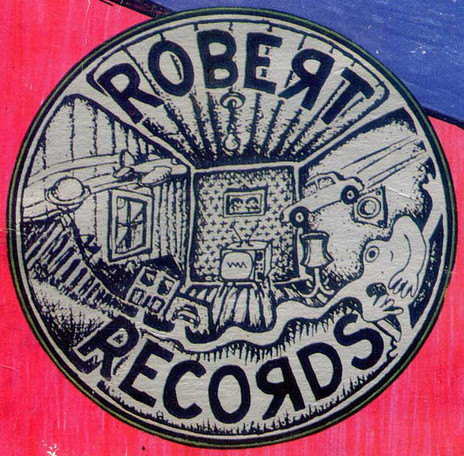
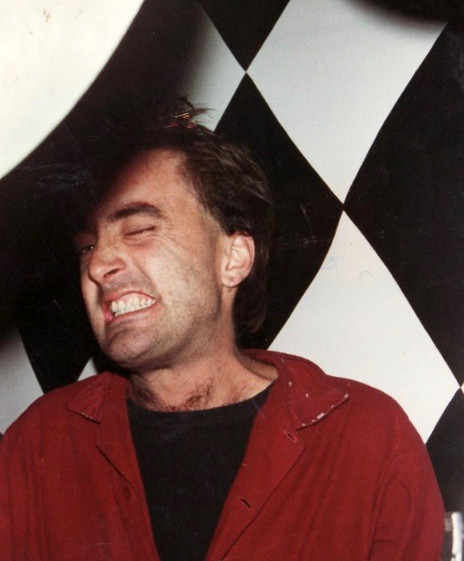
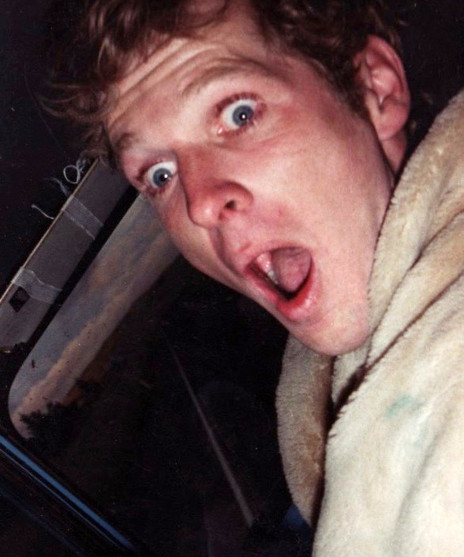
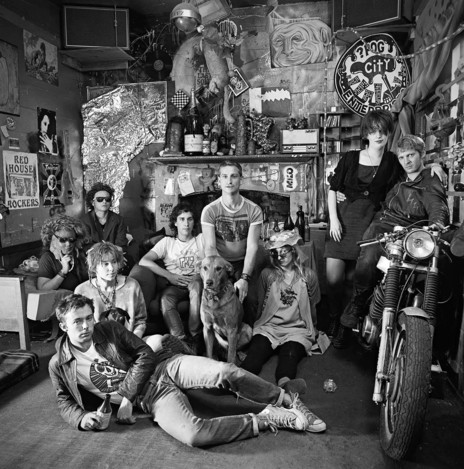
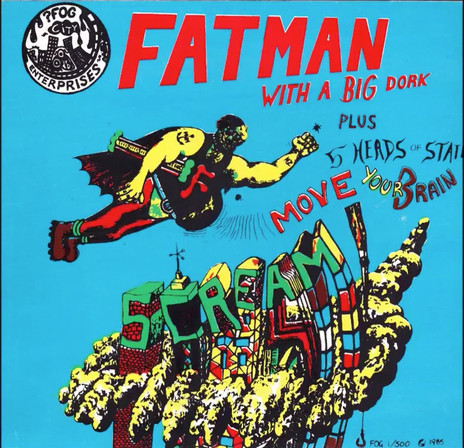
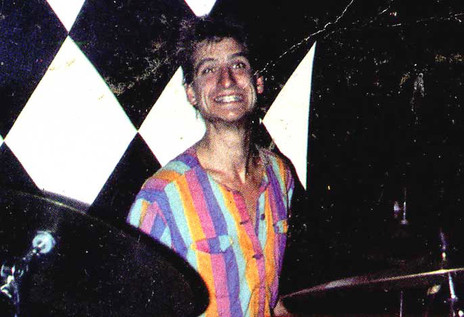
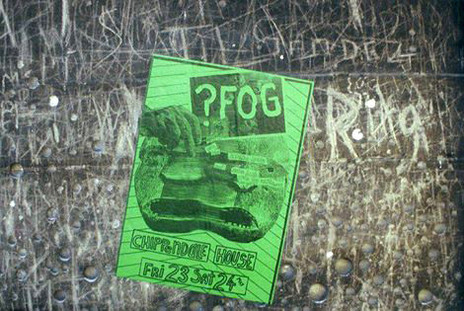
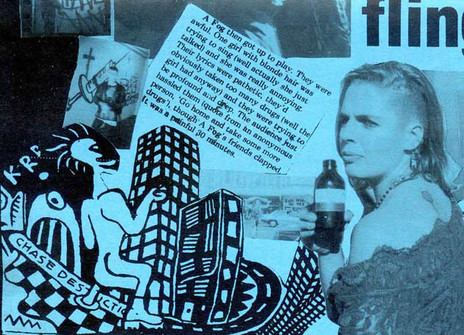
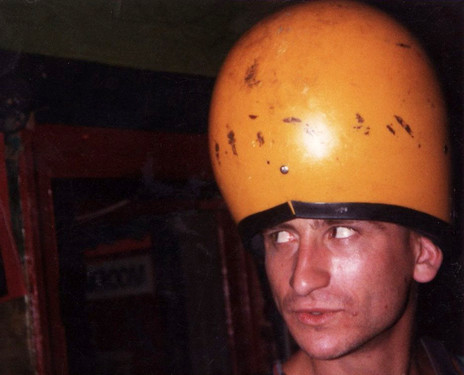
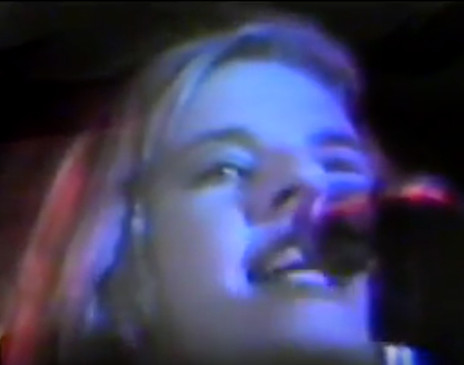
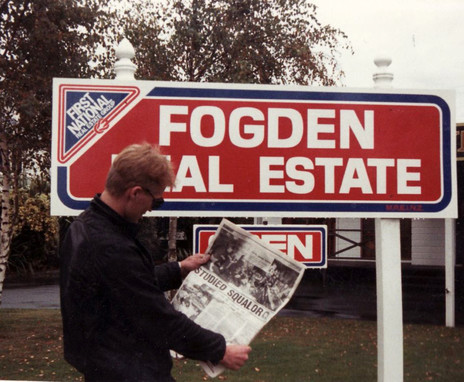
?Fog Records
Visit our sister site
NZ On ScreenMade with funding from
NZ On Air

